So I have figured out how to code a fastAPI and I am ready to deploy my script to heroku that I have worked with fastAPI (https://fastapi.tiangolo.com/) however the problem is that when I do a request to heroku it will just return:
<html>
<head>
<title>Internal Server Error</title>
</head>
<body>
<h1><p>Internal Server Error</p></h1>
</body>
</html>
Which means the script is on but I can't see the error and locally it works totally fine I would say.
I am not able to see any logs where the problem is however I would say my problem might be that I am not sure if my procfile is correct because I haven't edited it at all and I am quite new at this and I am here to ask how I am able to run my fastapi script in heroku?
What I know is that to be able to run the script, you have to use command uvicorn main:app --reload and it won't work if you do etc py main.py What am I doing wrong?
